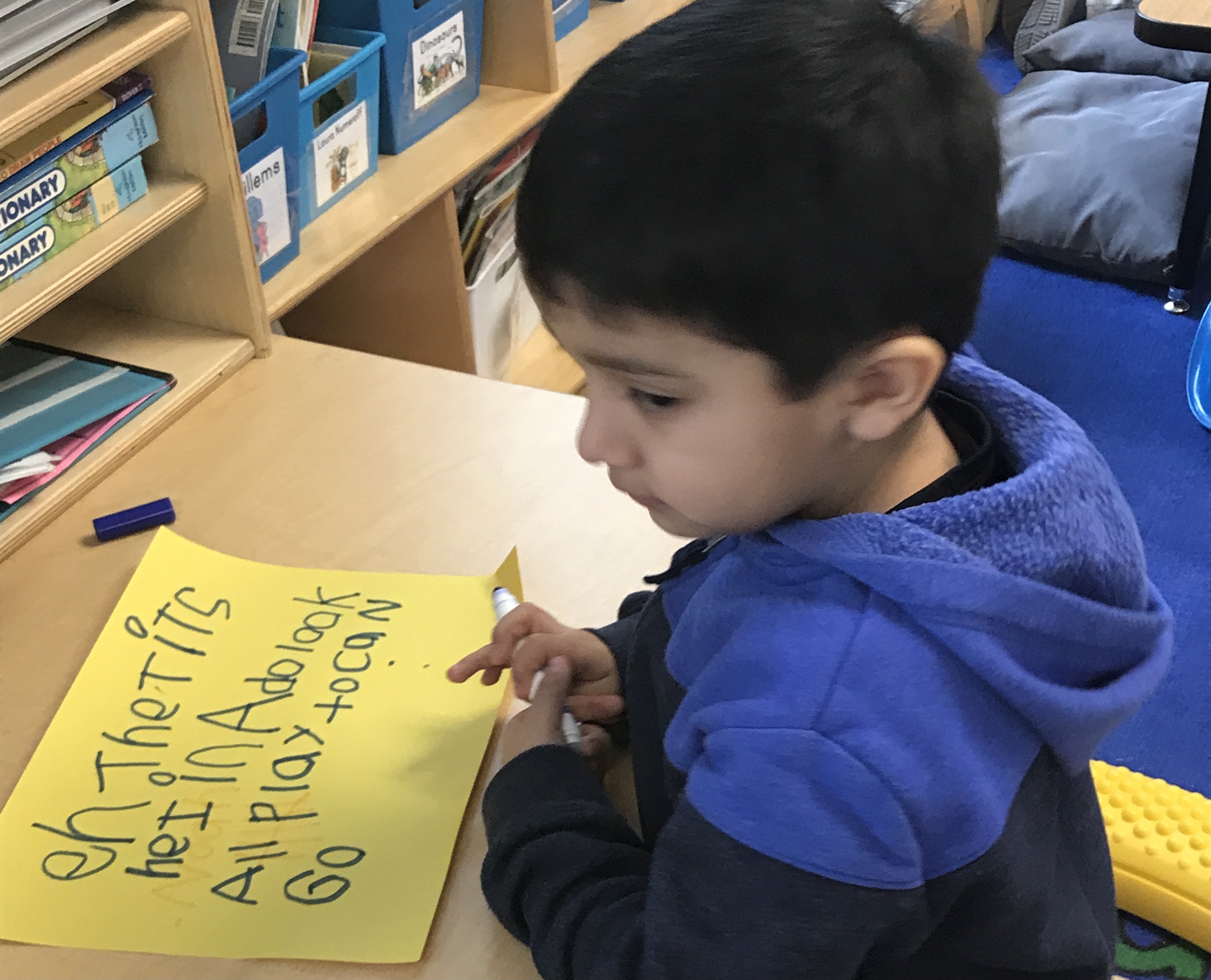
Think about it—almost everything students do in the classroom falls into one of two categories: working independently or working collaboratively. Whether it’s a solo reading response or a group science project, students need to know how to succeed in both types of learning environments. The challenge? These skills don’t magically appear. They must be taught, modeled, and practiced just like any other part of the curriculum.
According to John Hattie’s Visible Learning research, when done well, both independent and collaborative learning are powerful strategies. The real magic happens when we help students shift smoothly between the two, knowing what’s expected of them and how to manage their time, thinking, and relationships in each setting.
The Power of Independent Learning
Independent learning is more than just working alone—it’s about building self-regulation, goal-setting, and perseverance. Hattie found that self-reported grades and self-expectations (effect size 1.33) and self-regulation strategies (effect size 0.52) are among the most impactful influences on student achievement. But here’s the catch: independence must be taught.
That means modeling how to set goals, break tasks into manageable chunks, track progress, and ask for help when needed. When students feel equipped to work independently, they become more confident, competent learners. Add in teacher clarity (effect size 0.84) and clear success criteria, and you’ve set them up to thrive.
Why Collaboration Counts
Collaborative learning isn’t just about putting kids in groups and hoping for the best. True collaboration builds critical thinking, communication skills, and a sense of community. Hattie’s research shows that when structured intentionally, cooperative learning (effect size 0.40) and peer tutoring (effect size 0.53) can lead to meaningful academic growth.
To get the most out of collaborative work, students need guidance: what their roles are, how to share ideas respectfully, and how to give and receive feedback. When we take time to teach these skills, collaboration leads to deep understanding and real-world readiness.
Why Balance Matters
The most effective classrooms don’t lean too heavily in one direction. A balanced approach, where students can work both independently and with peers, is key. Hattie emphasizes that students benefit most when they’re actively engaged, understand their learning goals, and are given choice and ownership over how they learn.
As teachers, our role is to create the structure, support, and scaffolding that make both modes of learning successful. That might look like setting clear expectations before releasing students to work in groups, or building in reflection time after independent tasks to help students process and apply what they’ve learned.
Teaching students how to learn, independently and collaboratively, is just as important as what they learn. When we intentionally build these skills, we give students the tools to succeed not just in our classrooms, but in life.




